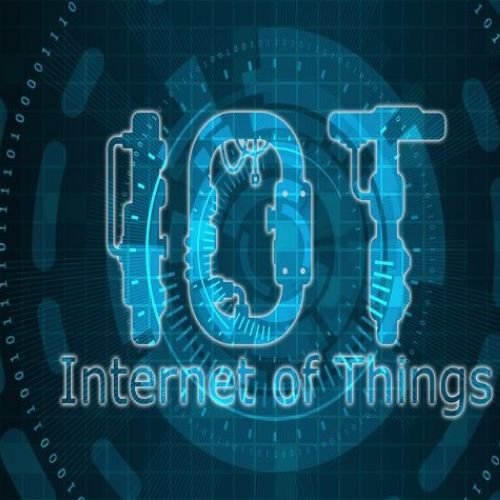The Internet of Things (IoT) is all about connecting real-time data with the people who use this data to maintain a portfolio of products. Both now and into the foreseeable future, there will continue to be a need for the IoT’s mission to make life easier for people—especially with the addition of the iCloud and 5G boosting its power. For most internet, TV, and residential service consumers, Spectrum cable is the go-to service provider when you’re looking for a great price tag on an amazing bundle deal or even a standalone plan.
But what is behind it all?
It breaks down into four major components: Devices, connectivity, data processing, and the user interface (UI). With the rapid technological enhancement of the IoT ecosystem, the device is now on the network, connecting devices everywhere to users who can then manage the devices remotely. We expect to see many more of these connected devices as they continue to increase dramatically in the next decade.
With the IoT, the connections are invisible—all the consumer sees is the device. For example, your Apple Watch or other wearable device connects to other devices and possibly even your doctor for emergency alerts using IoT innovation. Similarly, the smart meter outside your home allows the energy utility service to record your energy bills, but may also be connected to your refrigerator and other home appliances to track their energy efficiency. Everything is done automatically and remotely, reducing manual or human intervention.
Mission-Focused Applications Abound
How exactly is the IoT being used across multiple applications and industries? There are actually numerous, including telematics and telemetry, smart traffic management, manufacturing, smart dairy and agriculture, and many more. The common link, of course, is that all are applications in which critical data can be delivered effortlessly via a connection to the user’s platform or interface.
These applications depend upon real-time data in order to achieve a particular goal or mission, such as maintaining correct temperatures in specific environments or facilitating timely health-related updates between patients and physicians or hospitals.
Some worry about the hacking or security threats that seem inherent with many devices, especially computers. However, with IoT devices, high-level encryption is used, making security hacks much less likely to occur. This is another reason many diverse industries are looking to IoT devices to help manage their businesses.
A Powerful Trajectory Ahead
What does the future hold? The IoT business is expected to grow exponentially, especially with the emergence of 5G. With 5G coming in, three new things happen: First, you get enhanced mobile broadband, so the speeds improve significantly. Second, massive machine-to-machine communication allows for better data sharing between machines due to improved efficiency of IoT sensor functioning. The third is ultra-low latency, which is critical for robotic surgeries, precision mining, and other dangerous applications.
We can also expect to see an explosion in things like vehicle integration with traffic navigation, as well as cloud gaming, or multiplayer gaming with augmented and virtual reality. These types of games will ramp up with the help of 5G and IoT-connected devices, and gain greater popularity because the device is the network.
The maturing of eSIM technology and remote SIM provisioning will also catalyze the growth of IoT, creating a solid path forward. It will be very interesting to see where the IoT will take us as we move toward the future. We can expect one day to have all of our devices communicating, both to each other and to those we need for support.

